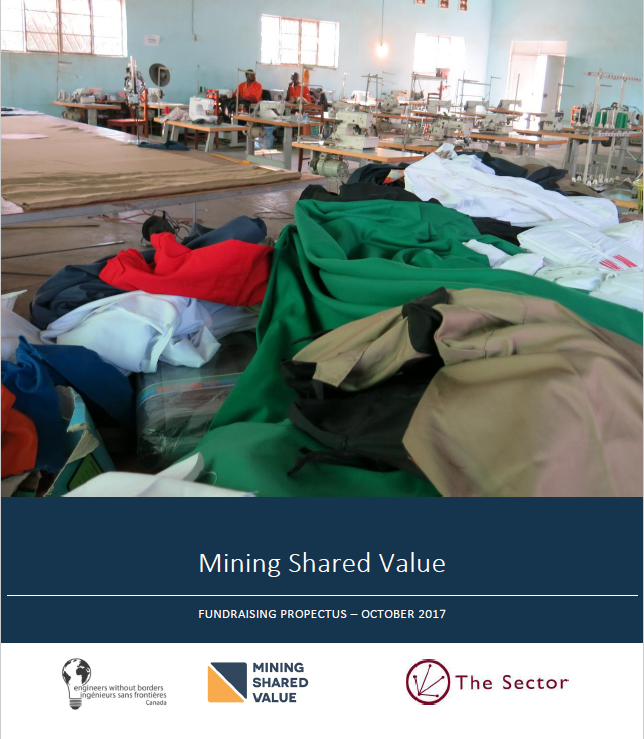The connection between business and society is a popular topic. The social and environmental issues we face on a global level are becoming so significant that there are plenty of business opportunities in contributing to solving them. This is not only interesting from a risk and reputation management perspective. Sustainability can be a platform for profitable growth while solving wicked social issues.
Many corporates today have a traditional corporate social responsibility (CSR) approaches or philanthropic activities. Some of them are moving forward to a shared value, more integrated strategy. Leading corporations have started to explore and implement Corporate Social Impact Strategies (CSIS). The European Venture Philanthropy Association (EVPA) recently conducted a research about this new approach.
CSIS are investment-oriented approaches to build sustainable value creation models while also generating strategic social impact. These corporations are finding new ways of leveraging the strength of their core business to generate positive social impact. The investments companies are making in Corporate Social Impact strategies are relatively still small, despite the enormous potential. Think about the volume of unmet needs of people at the bottom of the economic pyramid and other wicked social issues that need a scalable business approach to solve it. Things to consider building an effective corporate social impact strategy are:
- Does it grow the business and increase profitability?
- Does it adopt relevant innovations and insight into new market segments?
- Does it build an enabling eco-system for future business?
- Does it attract and retain top talent?
- Does it strengthen brand value?
- Does is improve supply chain efficiency?
- Does it solve a wicked social issue?


If you have set up a strategy to create social impact, it also makes sense to measure it. Utilising social impact measurement as a forecasting tool can provide valuable insight in the expected social impact of your strategy. It also allows you to prioritize where to invest your resources. Only by measuring social impact consequently and consistently can drive improvement and maximize social impact.
Do you want to learn more about measuring social impact?
The Sector Inc offers a fast, one-day Impact Strategy Assessment, which you can book here: https://www.thesectorinc.ca/book-online/impact-strategy-assessment
#socialimpact #wbs #ESG #impactinvesting #socialenterprise #sdgs #funding #charity






